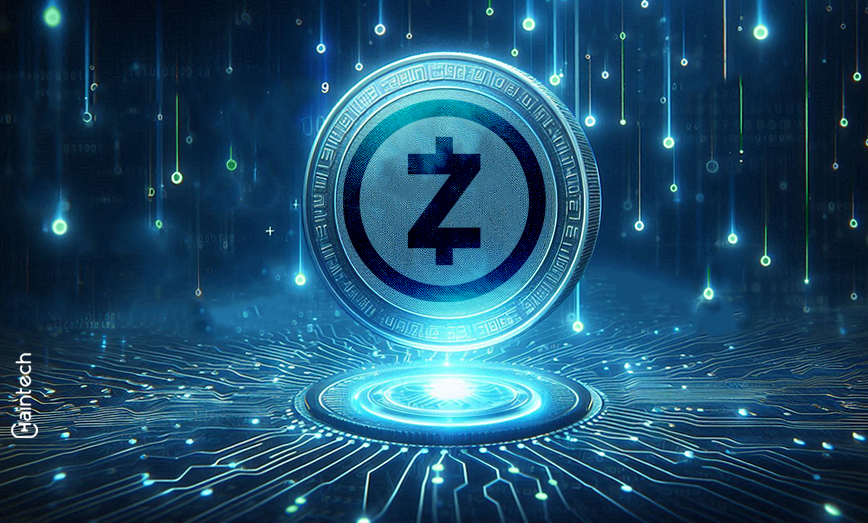Compound Finance Review 2024

Introduction
Do you think you get paid to borrow money? Doesn’t make any sense right?
Imagine taking a loan to buy a new car, and instead of paying back what you borrowed, you’re getting extra cash every month.
That just doesn’t make sense. But, apparently, that’s how it’s rolling right now in the DeFi world. Strange, right?
DeFi is all about skipping the middleman and making traditional money stuff cheaper. But making money from taking a loan? Nah, that is quite confusing.
Now, you might be wondering where I can earn money by borrowing.
So, let’s understand everything about the most famous DeFi platform Compound finance.
What is Compound Finance?
Think of it as a crypto bank. If you’re a user, you can put in different cryptocurrencies – USD Tether, Ethereum, wrapped Bitcoin & you can earn interest, just like you would with a regular savings account. It’s like the cool alternative of traditional banks.
Compound stands as a pioneering DeFi lending protocol, offering users the opportunity to earn interest on their cryptocurrencies. By participating in one of the diverse pools facilitated by the platform, users can make their assets work for them.
At the core of the Compound ecosystem is COMP, an ERC-20 token. What sets COMP apart is its unique feature that empowers holders to assign voting rights to a designated address. You can choose the address to be your own wallet, someone else’s, or even a skilled DeFi expert’s. This gives a flexible and decentralized way to manage and make decisions.
How does Compound work?
In Compound, users can either deposit their cryptocurrency as lenders or withdraw cryptocurrency as borrowers. Instead of lending directly, lenders contribute their assets to specific pools, from which borrowers can obtain cryptocurrency.
Borrowers are limited to borrowing a USD value in crypto that is less than the collateral they provided, usually around 60% of the collateral. The borrowing capacity is influenced by the liquidity and market cap of the collateral.
When you lend cryptocurrency on Compound, you receive cTokens, ERC-20 tokens representing a portion of the deposited asset. Unlike traditional borrowing services, interest rates on Compound are not fixed or agreed upon by the parties involved. Instead, they are determined by supply and demand, updated by a sophisticated algorithm.
Generally, higher demand for an asset results in higher interest rates for both lenders and borrowers. This encourages lending and discourages excessive borrowing. Lenders have the flexibility to withdraw their assets at any time.
If a user borrows more than permitted and the price of the collateral drops, the collateral may face liquidation. Holders of the borrowed asset can opt to liquidate the collateral at a discounted price. Alternatively, borrowers can repay a portion of their debt to increase their borrowing capacity, avoiding liquidation and continuing as usual.
Features of Compound Finance
Compound Interest:
Compound is a preferred choice for crypto users seeking to earn compound interest on their cryptocurrencies, offering a dynamic approach to token utilization.
The Protocol Model:
Compound’s model actively promotes investment and facilitates the fluid movement of crypto assets within its protocol, fostering a dynamic crypto ecosystem.
Interest Rates:
Compound’s interest rates operate as decentralized functions, adapting to market pressures. This responsiveness extends to various activities within the platform, such as requesting loans or engaging in cryptocurrency sales on the Compound market.
Loan Terms:
Borrowing assets from the Compound Protocol comes with no specific time constraints. Balances can be repaid at any time, with interest accumulating per block on the Ethereum network, providing users with flexibility in managing their loans.
Voting Rights:
The Compound protocol introduces a unique token, COMP, enabling token holders to delegate voting rights to themselves or any chosen address. This flexibility in governance allows COMP users to delegate votes individually, with the number of votes equivalent to the COMP balance in their account.
Time Locks:
To maintain governance integrity, all administrative activities are subject to a Time Lock for a minimum of two days before implementation. This preventive measure ensures that activities undergo proper approval channels, preventing unauthorized changes to the protocol.
Pros & Cons of Compound Finance
Pros:
Low APRs:
The platform offers low Annual Percentage Rates (APRs) due to its stringent collateral requirements.
COMP Token Rewards:
Users have the opportunity to earn COMP tokens as rewards, enhancing the overall benefits of participating in Compound.
Diverse Earning Opportunities:
Compound users can earn interest by lending various cryptocurrencies, with different liquidity pools offering varied rates of return. Interest compounds leads to potentially higher returns.
Yield Farming:
The platform supports yield farming, providing the potential for a high Annual Percentage Yield (APY). Many investors engage as both borrowers and lenders to maximize COMP rewards.
Fee-Free Trading:
Compound stands out by not charging any trading fees or slippage fees, allowing users to avoid substantial costs associated with trades.
No Minimums:
Unlike some competitors, Compound has no minimum requirements for borrowing and lending, making it accessible to a broader user base.
Cons:
High Collateral Requirement:
The need to collateralize more than the loan amount might discourage potential borrowers.
Limited Collateral Options:
Compared to certain competitors, Compound offers a more limited selection of collateral options.
Steep Learning Curve:
Compound is not as user-friendly as some other platforms, making it less accessible for new crypto users. It may be challenging for those without basic knowledge of the crypto space.
Limited Token Options:
Being Ethereum-based, Compound has fewer token options available, with less than 10 tokens currently supported. This limitation may impact users seeking a more diverse range of options beyond Ethereum-based tokens.
Alternatives of Compound Finance
Curve Finance
Curve DAO empowers liquidity providers to shape the ecosystem by adding new pools, adjusting parameters, and influencing various aspects. Unique in its approach, Curve facilitates seamless stablecoin exchanges with minimal fees and slippage, leveraging liquidity pools like Uniswap for unparalleled buyer-seller matching.
1inch
Meet 1inch, the crypto market’s detective for exchange rates. Across Ethereum, Polygon, and Binance Smart Chain, 1inch diligently scours for the best rates and lowest costs. With its native token for staking and decision-making involvement, 1inch provides a comprehensive solution for rate-conscious users.
Aave
Aave emerges as a non-custodial liquidity protocol, offering a unique blend of interest generation on deposits and borrowings. As a decentralized money market protocol, Aave welcomes users as depositors or borrowers. Depositors contribute liquidity for passive income, while borrowers access loans in either overcollateralized or undercollateralized modes.
Conclusion
DeFi is truly thrilling and full of ideas, but it’s not all smooth sailing. There are risks, experimental ventures, and situations that can get tricky fast. There’s a chance you could lose money, so it’s important to be cautious.
In a nutshell, Compound is revolutionizing the whole DeFi world. Traditional banks can be replaced! DeFi is breaking the rules and making banking way better by cutting out the middlemen.
In conclusion, stay smart. The hype is real, but it’s also a crazy ride.









